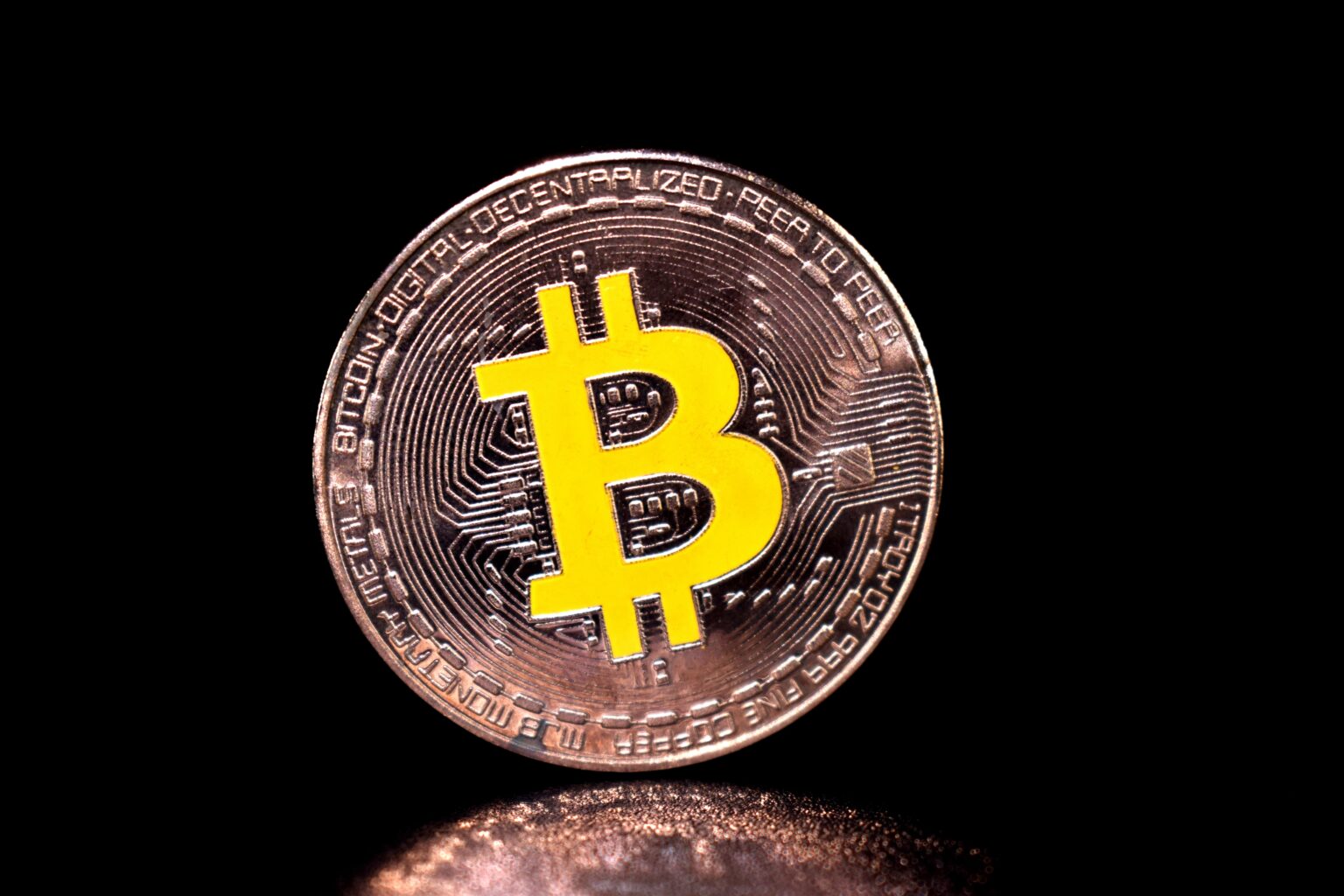A calm Tuesday summer evening in the U.S. took a sharp turn when Bitcoin (BTC) suddenly plunged nearly 6% in a matter of minutes. This drop wiped out the significant gains from late last week, which had been fueled by a dovish shift from Federal Reserve Chair Jerome Powell and the alliance of pro-crypto presidential candidates Donald Trump and RFK Jr.
After briefly dipping to $58,200, Bitcoin rebounded to above $60,100 during early U.S. trading on Friday, but those gains have mostly disappeared as the noon hour approaches. Now trading at $58,800, Bitcoin is down 4.5% over the past 24 hours, with the broader CoinDesk 20 Index showing a similar decline.
Ether (ETH) has slightly outperformed, falling 4% in the past day. However, over the longer term, ETH’s price relative to Bitcoin has dropped 21% this year, reaching its lowest level since April 2021. Currently priced at $2,490, ETH’s year-to-date gain in 2024 has narrowed to just 9%, compared to Bitcoin’s 39% rally.
The divergence between Bitcoin and Ethereum can be attributed to the contrasting performance of spot ETF launches this year. Bitcoin spot ETFs have attracted over $10 billion in net inflows, while Ethereum ETFs have seen net outflows since their inception.
Read more: Ether Spot ETF Flows Have Underwhelmed Versus Bitcoin: JPMorgan
Macro Outlook Becomes Less Favorable
The broader pressure on crypto markets is compounded by declines in major U.S. stock indexes, led by a 1.3% drop in the tech-heavy Nasdaq. A 3% fall in Nvidia (NVDA) shares ahead of its quarterly earnings report on Wednesday also weighed on the Nasdaq. While Nvidia is still up 159% year-to-date, its current price is slightly off from its all-time high earlier this summer, leaving room for a potential drop if the earnings or outlook disappoints.
Adding to market uncertainty is the concern that investors may have over-interpreted Powell’s dovish comments at the Jackson Hole conference. Following his remarks, traders quickly adjusted to price in nearly a 50% chance of the Fed cutting its benchmark fed funds rate by 50 basis points at the upcoming September meeting, rather than the previously expected 25 basis points.
However, there is still a significant amount of economic data due before the September meeting, including key employment and inflation reports for August. For the Fed to make such an aggressive rate cut, these reports would need to show substantial softness. As it stands, the odds of a 50 basis point cut have decreased to 36%, according to CME FedWatch.


